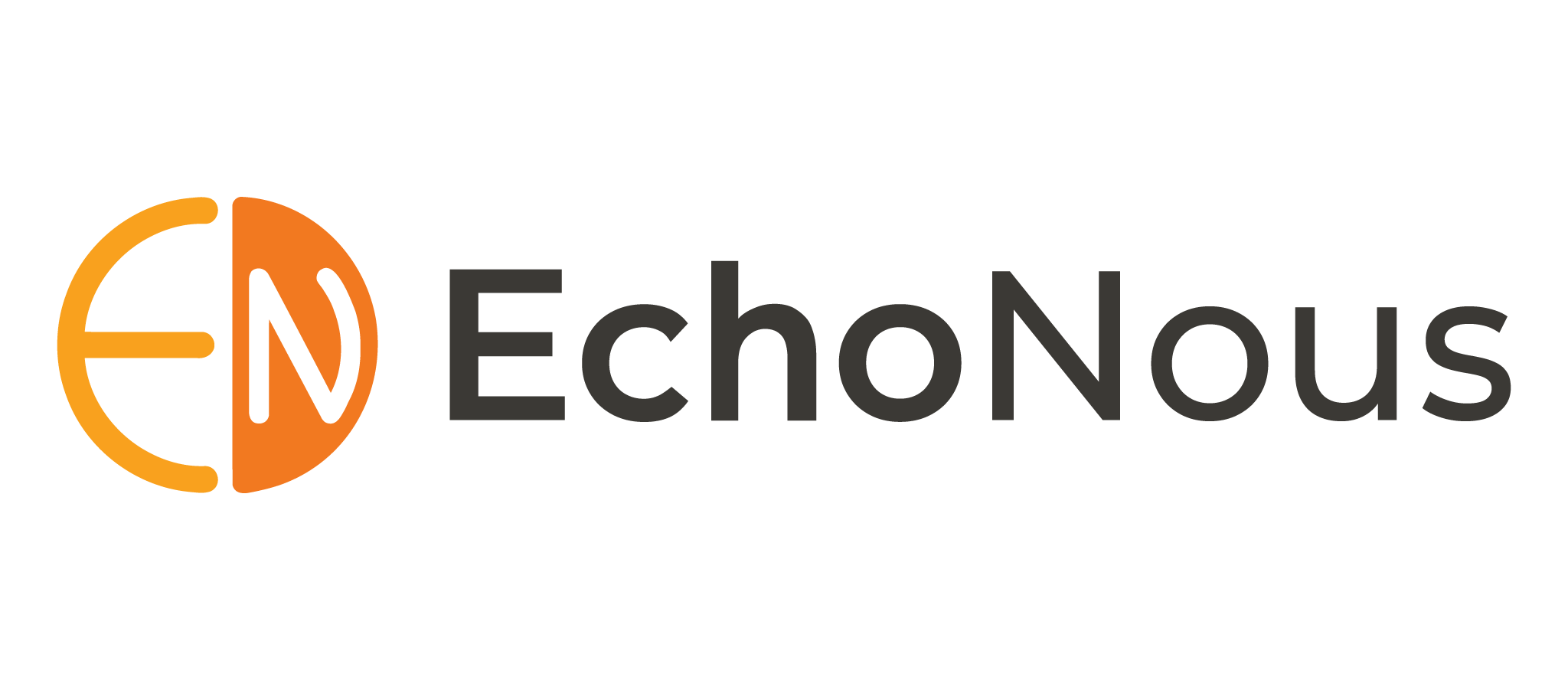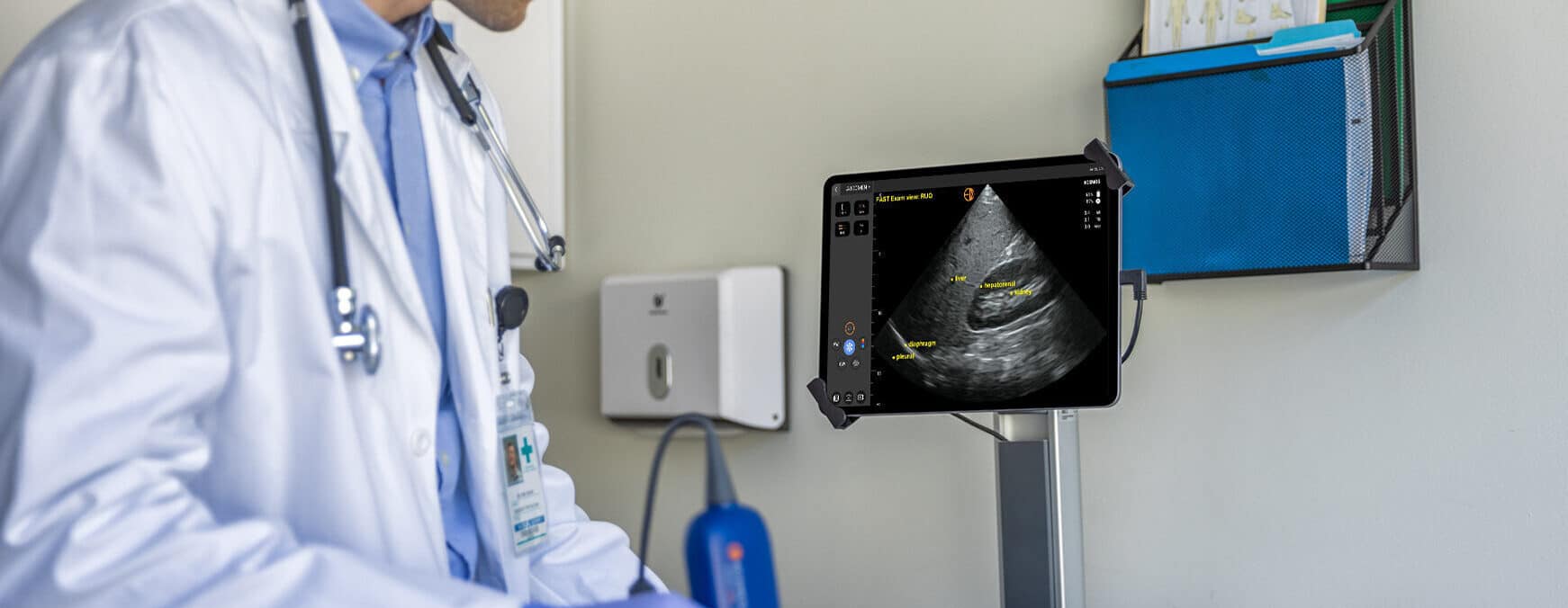
Nephrology
POCUS in Nephrology
Ultrasound is used in Nephrology for both diagnostic and procedural applications and can be especially helpful in emergency situations. With the introduction of POCUS, the equipment is smaller, less complex and more affordable, so ultrasound has become more accessible for everyday use. While POCUS doesn’t replace detailed exams by cardiologists and radiologists, it does offer daily opportunities to enhance the physical exam, facilitate a more timely diagnosis and expedite management by answering specific clinical questions and potentially reduce further diagnostic referrals.
COMMON USES OF POCUS IN NEPHROLOGY:
Procedural
- Guiding percutaneous procedures
- Hemodialysis catheter insertion
- Renal biopsy
Diagnostic
- Evaluate renal structure
- Renal vasculature and perfusion
- Renal artery stenosis
- Measures of blood velocities and resistance
- Assessment of chronic kidney disease
- Visualize IVC
- Venous Congestion (VExUS)
- Cardiac assessment
- Cardiorenal Syndrome
Kosmos Advantages in Nephrology
Image Quality
Kosmos no compromise image quality with easy anatomical presets, gives rap access to examine the heart, abdomen or vascular structures
Torso-One Probe for Multi-systemic Assessments
No need to change probes, the Torso-One probe is optimized to give you high level imaging, Color, PW and CW Doppler for cardiac and abdominal assessments
Pulsed Wave Doppler (PW)
Assess blood flow dynamics including VExUS at the bedside. Use of the phased array technology also gives easier access between the ribs
Continous Wave Doppler (CW)
Kosmos capabilities go from a quick look at anatomy to a full assessment and measurements of valvular pathology and cardiac function
AI
AI FAST
Labels abdominal anatomy, allowing novice users to be more confident in their image acquisition and interpretation
EF
Auto EF
Kosmos Auto EF to calculate ejection fraction using the gold standard
NEW | Auto Preset
Touch-free, real-time exam preset optimization
NEW | Auto Doppler
Auto PW & TDI sample gate placement and interrogation
Cost Effective Solution
Save time, money and resources by assessing patients at the point of care, reducing the need for in-house referrals
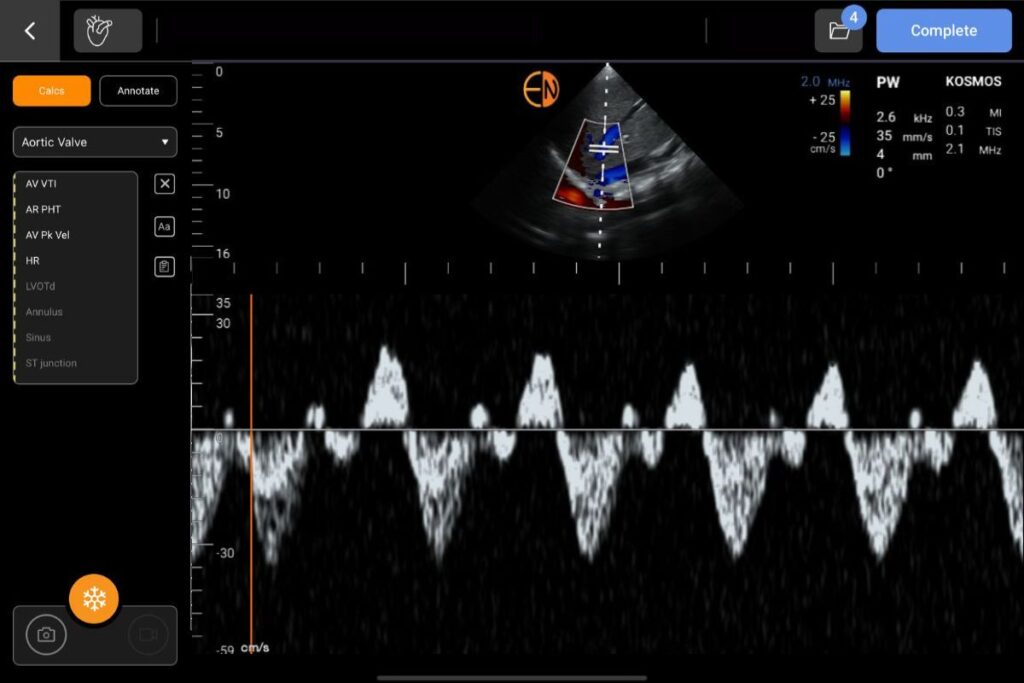
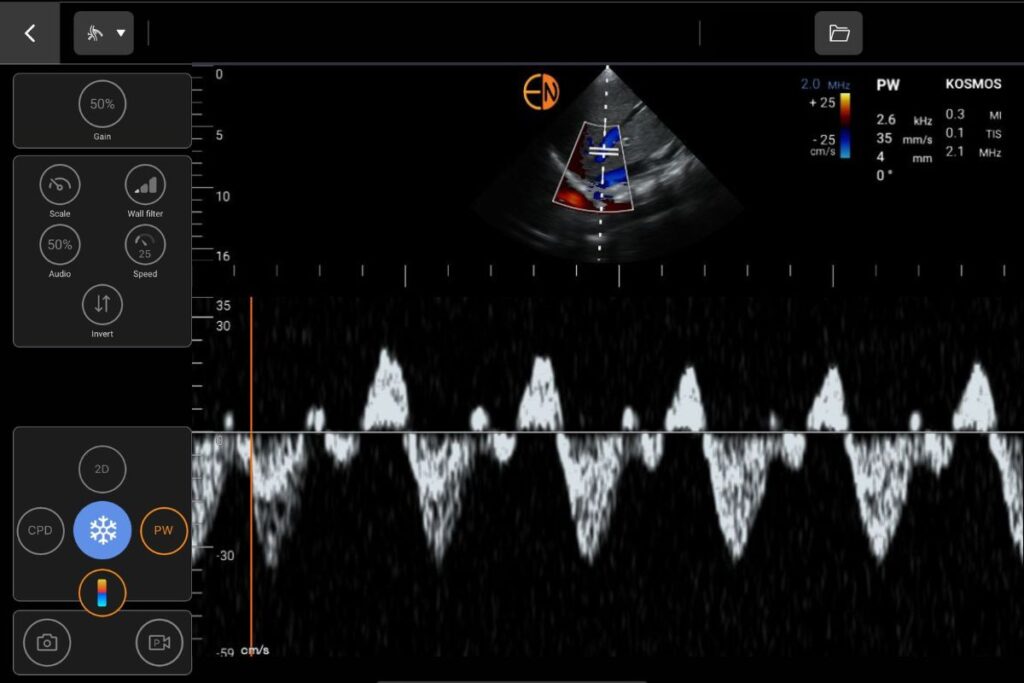
Battery Life
Ninety minutes of continuous scanning capability allows for reliability during critical times
Portability
Use Kosmos as a ultraportable device or wheel to the bedside on our space efficient AI stand. Kosmos is always ready and available
Easy to Clean
Kosmos is Trophon compatible and designed for clinical scenarios where repeated cleaning is required
5-Year Warranty
We have you covered with our robust, industry-leading warranty serviced by our team in Redmond, Washington
Kosmos Configurations
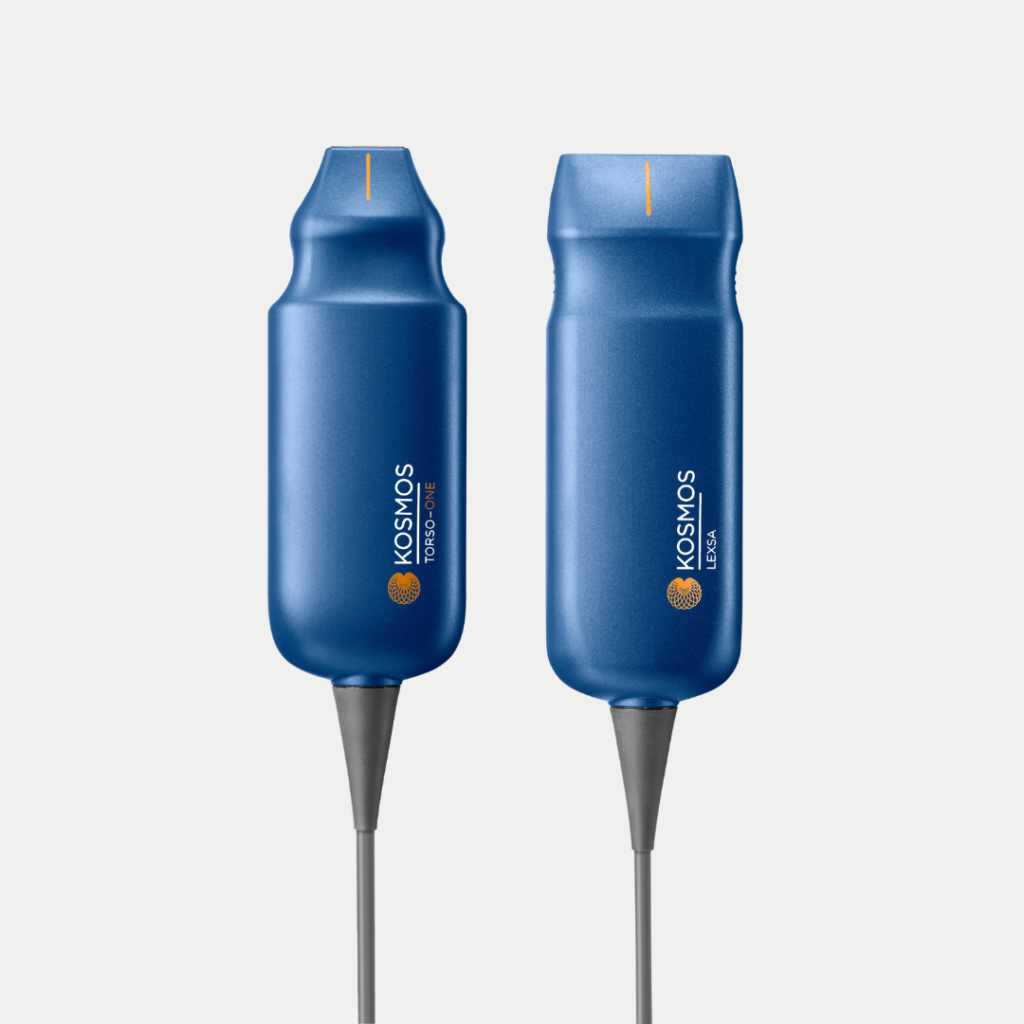
Standalone Probes
Torso-One Phased Array probe for Heart, Lung, Abdominal, and Bladder AI applications
Lexsa Linear Array probe for MSK, Vascular, Nerve, Guidance and Lung applications

Kosmos Plus
Fully-featured POCUS configuration with everything included — cutting-edge AI, advanced Doppler features, choice of probes, a 13in Apple iPad® and medical-grade stand — all for less than $21k
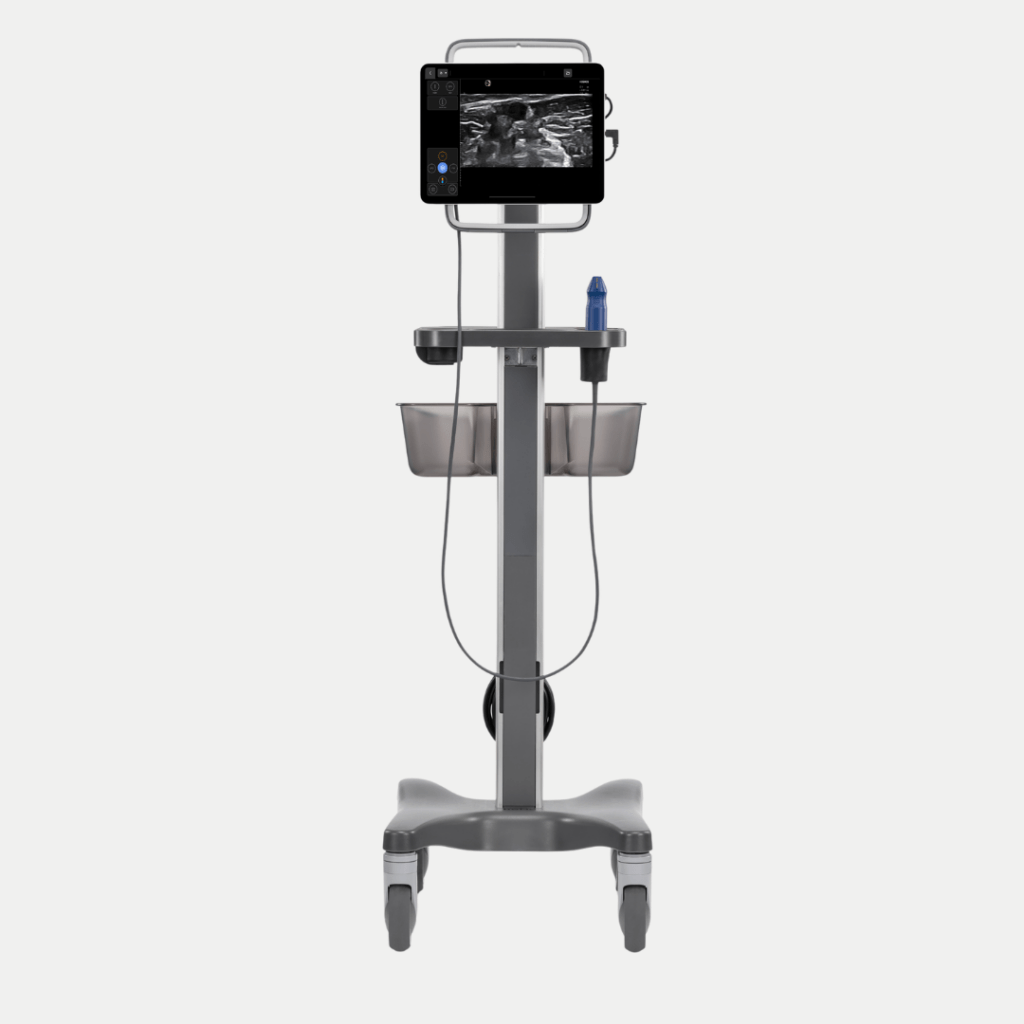
Kosmos Vascular Access Bundle
The perfect solution for Ultrasound-Guided Vascular Access applications — Color Doppler, Color Power Doppler, Pulsed Wave Doppler, Kosmos Lexsa probe and a medical-grade stand — all for less than 12k
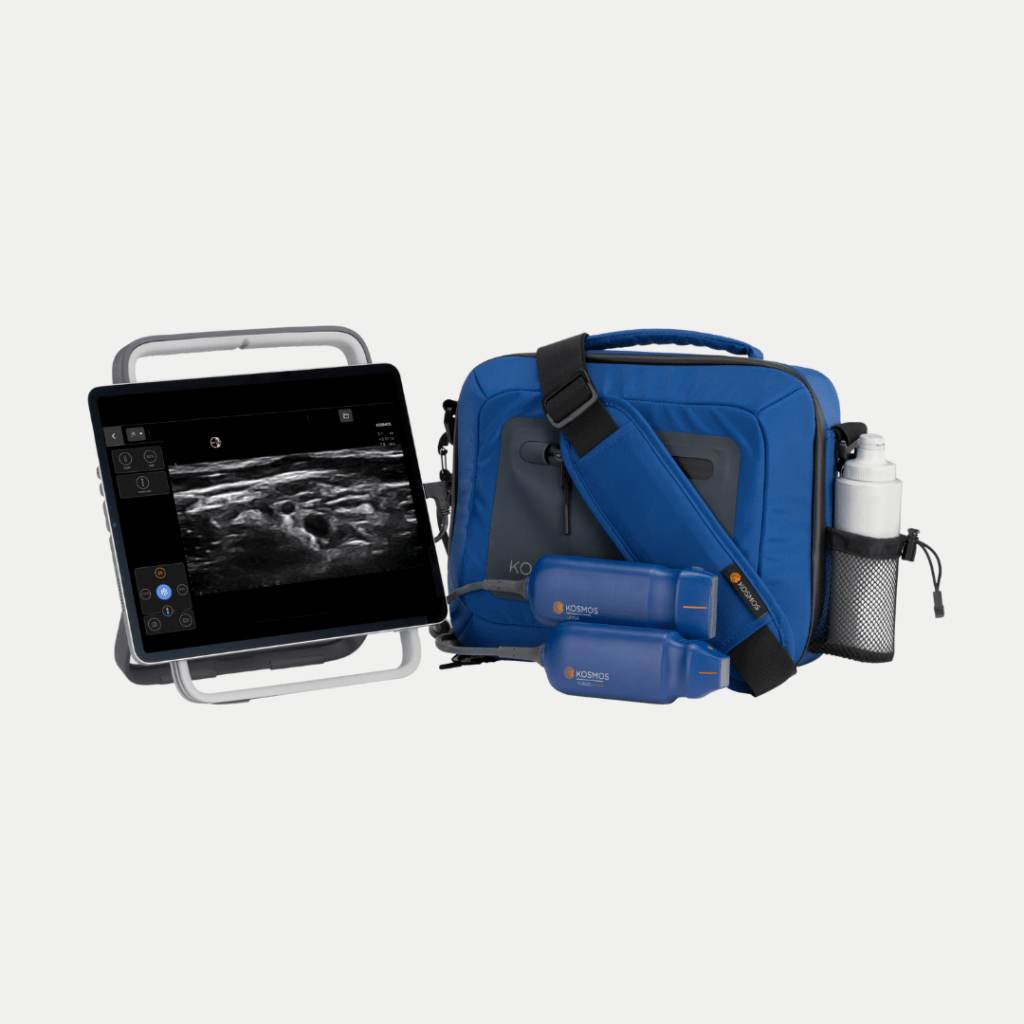
Kosmos Mobile
Tailored for clinicians on-the-go, Kosmos Mobile included an Apple iPad Air or Pro®, Kosmos Essential Carrying Case, choice of probes, advanced Doppler features and our innovative AI capabilities
Kosmos Flexibility
Apple iOS iPads, Android tablets or Kosmos proprietary Bridge tablet available for display
Resources & Insights
How is AI transforming POCUS? What’s ahead for providers and patients in ultrasound technology? We’re here to answer these questions — with our in-depth resources.
-

Dr. Josè Pinto
Dr. Josè Pinto: A Surgeon’s Perspective on the Evolution of POCUS and Trauma Assessment Point-of-Care Ultrasound (POCUS) is rapidly transforming modern medicine, moving from a specialized tool to becoming a key part of everyday clinical…
-

The EchoNous Guide to Ultrasound-Guided IV Access
The EchoNous Guide to Ultrasound-Guided IV Access Ultrasound-Guided IV Access: A Modern Standard of Care Ultrasound-guided intravenous (IV) access has emerged as a critical advance in vascular access techniques, offering a safer, more effective alternative…
-
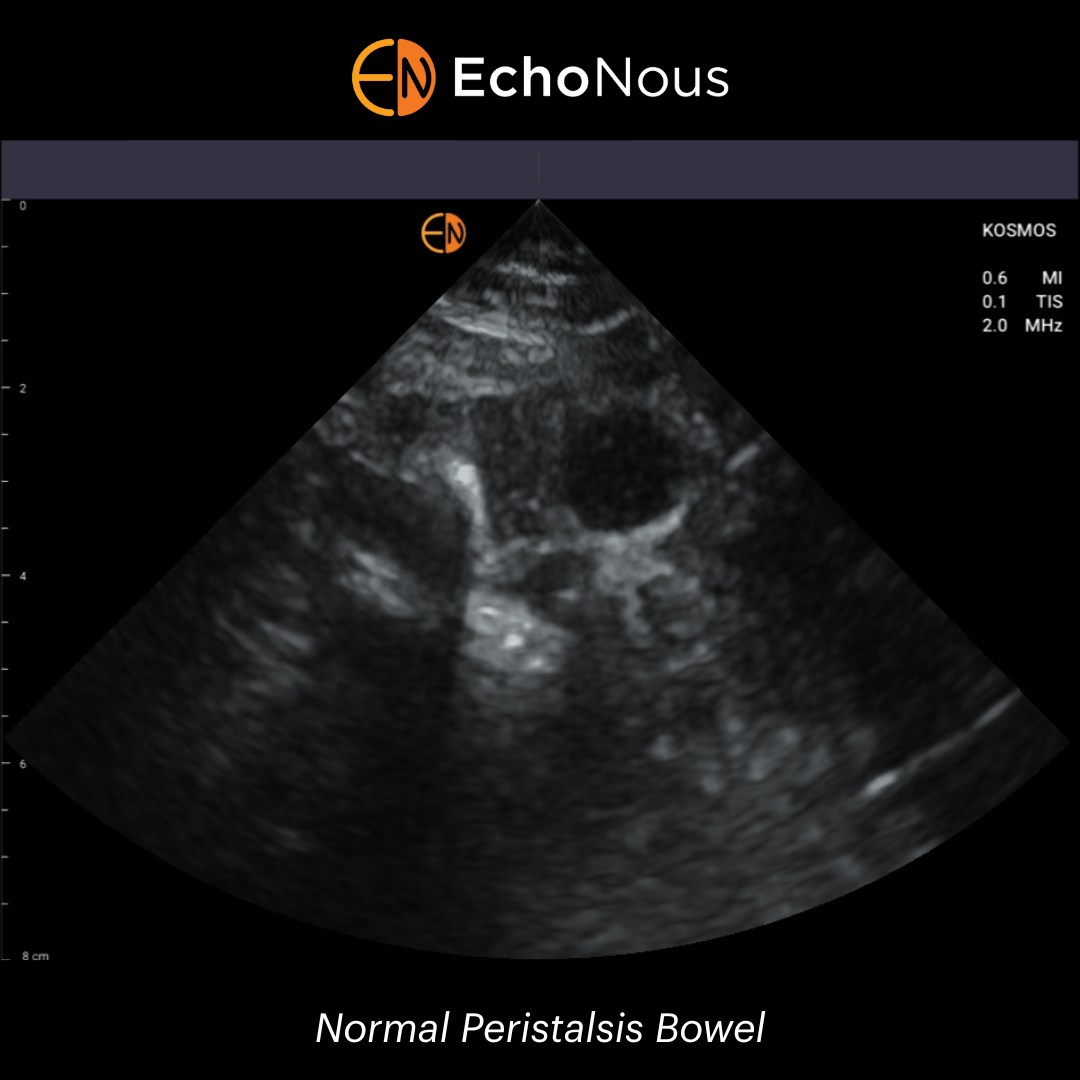
Bowel Ultrasound for Family Physicians
Bowel Ultrasound Complete Guide for Family Physicians to Master IBD Care GIT complaints are very common in family medicine. Bloating, diarrhea, and abdominal pain are the main symptoms indicating the presence of an inflammatory bowel…
-

What You Need to Know Before Using a Handheld Ultrasound
What You Need to Know Before Using a Handheld Ultrasound Point-of-care ultrasound (POCUS) has revolutionized how healthcare providers deliver bedside imaging, offering unparalleled convenience and portability. Handheld ultrasound devices are now widely used across specialties…
-

Essential ultrasound protocols for the critically ill patient
Essential Ultrasound Protocols for Critically Ill Patients: EFAST, RUSH, and SHoC-ED In critical care, time isn’t just valuable—it’s everything. When a patient experiences cardiac arrest or shock, there’s no time to lose. Clinicians need instant…
